Fiber: The Forgotten Detoxifier
Ali Segersten Jun 14, 2025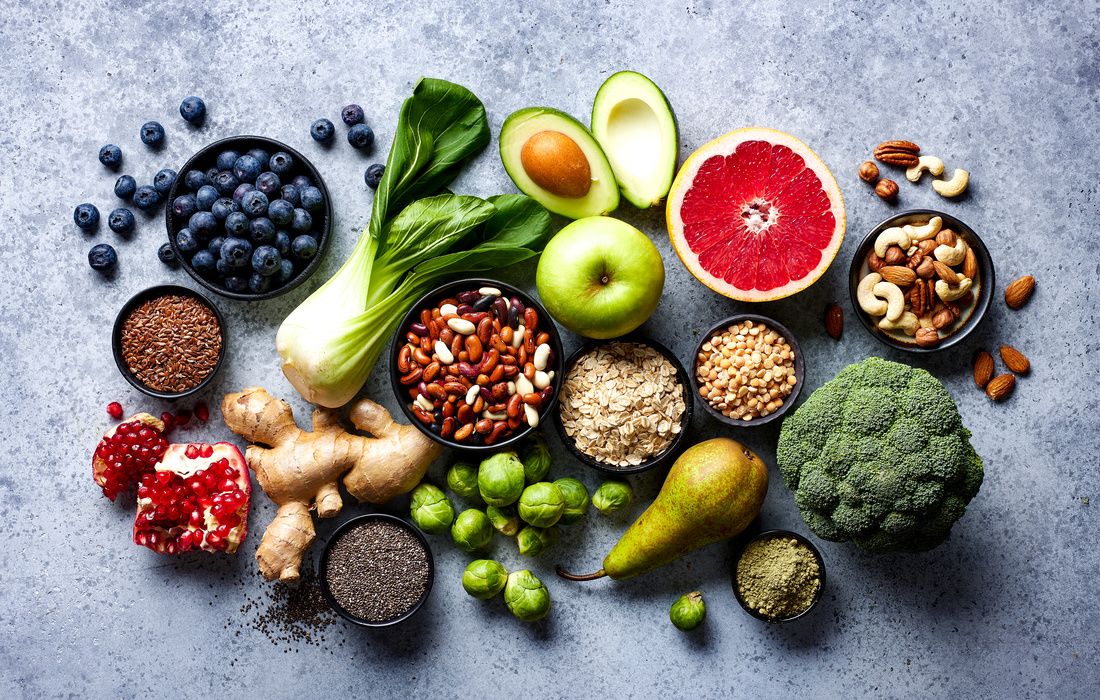
When we think about detoxification, fiber rarely gets the spotlight. Yet it’s one of the most essential and effective tools your body uses to eliminate toxins every single day. Fiber isn’t just for digestion—it’s your internal clean-up crew, guiding waste out so you can feel light again.
Without enough of it, toxins—including estrogen byproducts, bile acids, heavy metals, and environmental pollutants—can get reabsorbed into circulation, straining your liver and making you feel sluggish, inflamed, or hormonally imbalanced.
Why Fiber Matters for Detox
Fiber plays a crucial role in Phase III detoxification—the final step where toxins leave the body.
- Phase I and II Detox: In these phases, the liver transforms fat-soluble toxins into water-soluble compounds using specialized enzymes. This prepares them for safe elimination—but the job isn’t finished yet.
- Phase III Detox (Elimination): This is where fiber steps in. Soluble and insoluble fibers bind to the water-soluble toxins in the intestines and help escort them out of the body through stool.
Without adequate fiber, toxins can be reabsorbed through the gut wall—a process called enterohepatic recirculation—leading to a heavier toxic burden and increased inflammation.
In addition to aiding toxin elimination, fiber helps regulate bile flow—an essential route for clearing fat-soluble toxins—and binds to excess estrogens to reduce hormonal overload. It also supports a thriving gut microbiome, which plays a crucial role in both detoxification and hormone balance.
Soluble vs. Insoluble Fiber
Both forms of fiber play a role in detoxification:
- Soluble fiber (found in flaxseeds, oats, legumes, apples, citrus) forms a gel-like substance in the gut that binds to bile, toxins, and excess hormones. It also feeds beneficial bacteria, supporting microbial balance.
- Insoluble fiber (found in vegetables, nuts, seeds, and whole grains) adds bulk and speeds up transit time, reducing the opportunity for toxins to be reabsorbed.
Low Fiber, Higher Toxic Load
Modern diets—low in plants and high in processed foods—are often dangerously low in fiber. This slows transit time, impairs toxin clearance, and contributes to microbial imbalances that further strain the gut-liver axis.
When fiber is too low:
- Estrogens and bile acids that would normally be bound together for excretion may be reabsorbed, increasing the body’s toxic burden and disrupting hormone balance
- Pathogenic bacteria can proliferate, taking advantage of slower transit and reduced microbial diversity
- Detox pathways can become congested, placing additional strain on the liver and impairing efficient clearance
This is why supporting detox doesn’t require complicated protocols—it begins with simple, consistent shifts in your daily meals using whole foods.
How Much Fiber Do You Need?
While the U.S. Dietary Guidelines recommend:
- 25g/day for women
- 38g/day for men
However, I recommend aiming higher—closer to 40–50g/day—especially if you're focusing on detoxification, supporting hormone balance, or working to reduce chronic inflammation.
A fiber-rich, plant-forward diet is consistently linked to powerful health benefits:
- Enhanced toxin clearance
- Balanced blood sugar
- Lower blood pressure and cardiovascular risk
- Reduced estrogen recirculation
- Healthy weight regulation
- Lower all-cause mortality
In Blue Zones and traditional cultures, fiber intake often exceeds 50g daily—mainly from legumes, vegetables, fruit, nuts, and seeds.
Important: Increase fiber slowly and drink plenty of water to avoid bloating or constipation.
What About Mineral Absorption?
There’s a common concern that high-fiber diets may interfere with mineral absorption—and it’s partially true, but context matters.
- Some types of fiber—especially phytate-rich grains or very coarse insoluble fibers—can bind minerals like calcium, zinc, iron, and magnesium.
- This is most problematic in monotonous, low-nutrient diets that lack variety or protein.
But here’s the good news:
- Soluble fibers (from flax, chia, oats, legumes) don’t bind minerals as aggressively.
- Healthy gut bacteria, which thrive on fiber, can actually improve mineral absorption over time.
- Using traditional food prep techniques like soaking, sprouting, fermenting, and light cooking reduces the mineral-binding potential of certain fibers.
Bottom line: In the context of a varied, nutrient-rich, whole-foods diet, fiber supports mineral absorption more than it hinders it—especially when gut and detox health are your focus.
Tips to Reach 30–50g of Fiber Daily
Cooking with whole foods every day naturally adds up to higher fiber intake—without needing to count grams or stress over tracking. The key is to focus on variety, color, and texture across your meals. If you’d like a printable list of the best fiber-rich foods, download my Ultimate Guide to Dietary Fiber PDF for easy reference.
Here are simple ways to build fiber into your routine:
🟡 Add 1–2 tablespoons of ground flax or chia seeds to smoothies, oatmeal, or salads
→ 1 Tbsp ground flax = ~2.8–3.5g fiber
→ 1 Tbsp chia seeds = ~5g fiber
🟡 Eat at least 5–7 servings of vegetables daily, including raw and cooked
→ 1 cup chopped kale = ~2.5g fiber
→ 1 cup cooked cabbage = ~4g fiber
→ 1 cup steamed broccoli = ~5g fiber
→ 1 cup cooked bok choy = ~2.7g fiber
→ 1 cup cooked carrots = ~5g fiber
→ 1 cup cooked parsnips = ~6.5g fiber
🟡 Include legumes like lentils, chickpeas, split peas, or navy beans several times per week
→ 1 cup cooked lentils = ~16g fiber
→ 1 cup cooked split peas = ~16g fiber
→ 1 cup cooked navy beans = ~19g fiber
🟡 Snack on fiber-rich fruits like raspberries, pears, apples, blueberries, and pomegranate arils
→ 1 medium apple = ~4g fiber
→ 1 medium pear = ~5.5g fiber
→ ½ cup raspberries = ~4g fiber
→ 1 cup fresh blueberries = ~3.5g fiber
→ ½ cup pomegranate arils = ~3.5–4g fiber
🟡 Use nuts and seeds as toppings or snacks
→ ¼ cup pepitas = ~2g fiber
→ ¼ cup almonds = ~4g fiber
🟡 Explore whole grains like quinoa, millet, oats, or black rice
→ ½ cup uncooked rolled oats = ~5g fiber
→ ½ cup cooked quinoa = ~2.5g fiber
→ ½ cup cooked black rice = ~2g fiber
🟡 Add avocado to meals or smoothies
→ 1 medium avocado = ~13g fiber
🟡 Enjoy sweet potatoes or potatoes with the skin
→ 1 medium sweet potato = ~4g fiber
→ 1 medium red potato = ~3g fiber
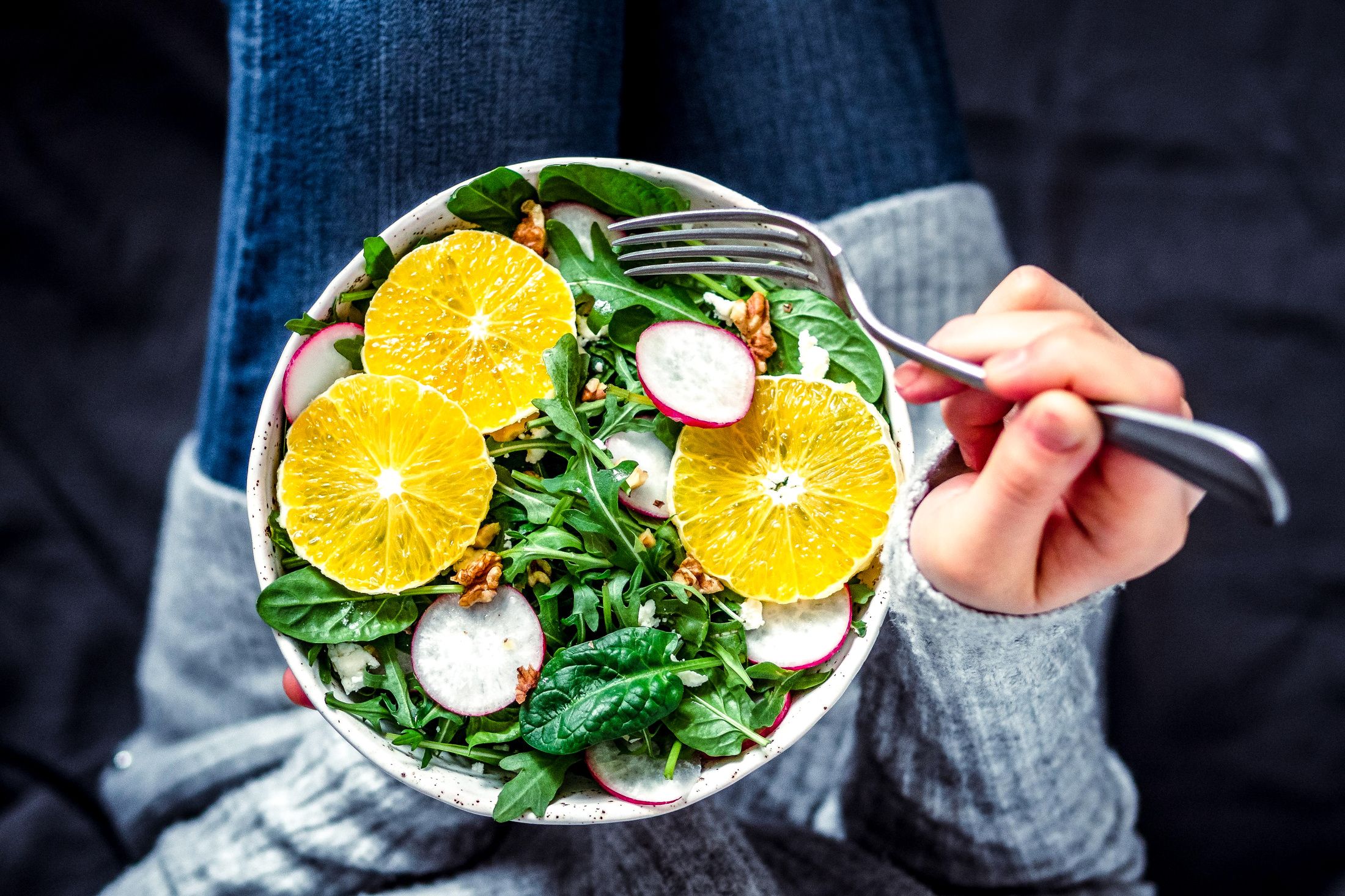
Ready to Add More Fiber Into Your Daily Meals?
Fiber is foundational nourishment. It strengthens your gut, clears what no longer serves you, and gently restores your body’s balance day by day.
Adding in fiber-rich whole foods daily is one of the simplest, most powerful ways to support your body’s natural detox rhythms.
Inside the Nourishing Meals® membership, you can search for recipes using fiber-rich ingredients like flaxseeds, lentils, chia, kale, pears, sweet potatoes, and more. Whether you’re looking for high-fiber breakfasts, hearty bowls, or gut-loving snacks, simply type an ingredient—or a combination—into the Ingredient Search box to find meals that match your needs.
Want a quick-reference guide?
Download my Ultimate Guide to Dietary Fiber to keep on hand for inspiration.
Let your meals become daily medicine. This is the path to wholeness—one nourishing choice at a time.

About the Author
Alissa Segersten, MS, CN
Alissa Segersten, MS, CN, is the founder of Nourishing Meals®, an online meal-planning membership with over 1,800 nourishing recipes and tools to support dietary change and better health. As a functional nutritionist, professional recipe developer, and author of The Whole Life Nutrition Cookbook, Nourishing Meals, and co-author of The Elimination Diet, she helps people overcome health challenges through food. A mother of five, Alissa understands the importance of creating nutrient-dense meals for the whole family. Rooted in science and deep nourishment, her work makes healthy eating accessible, empowering thousands to transform their well-being through food.Nourishing Meals Newsletter
Email updates.
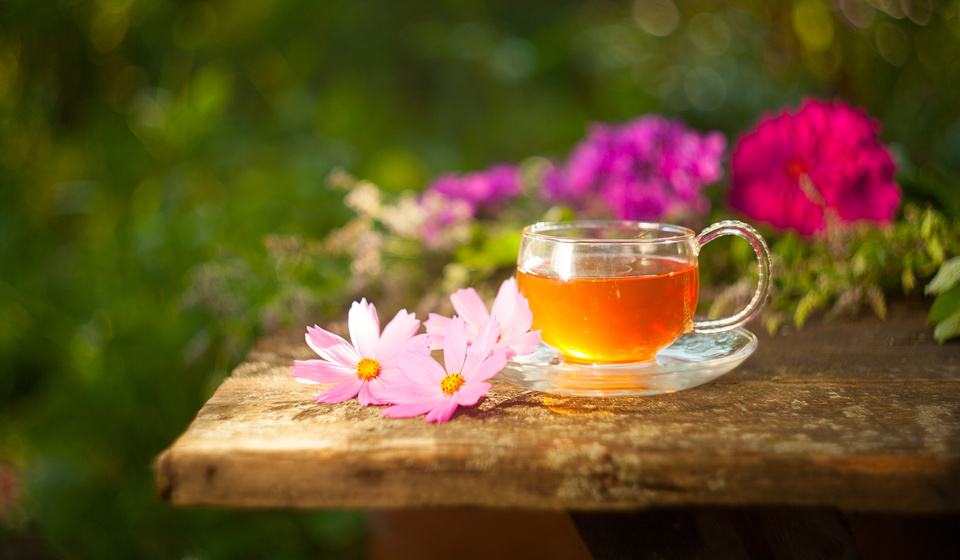

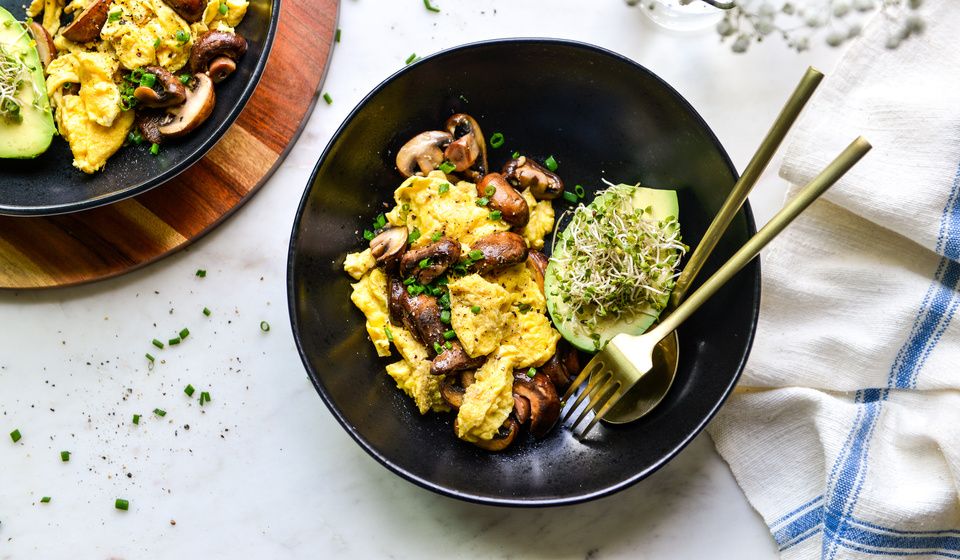
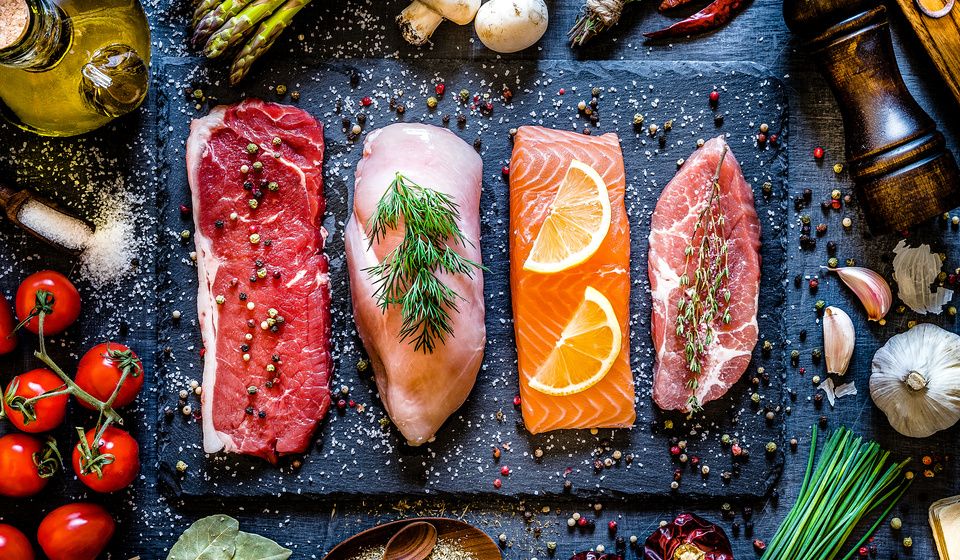
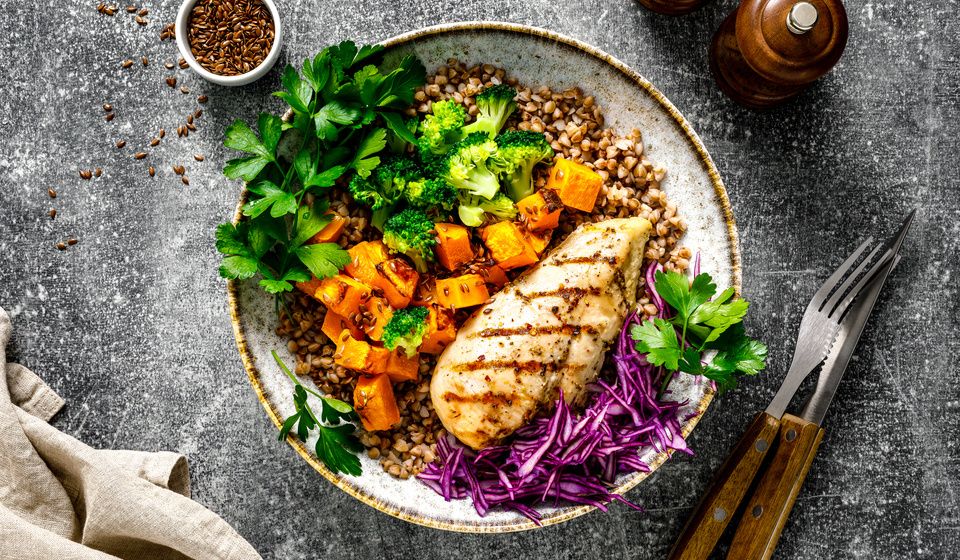
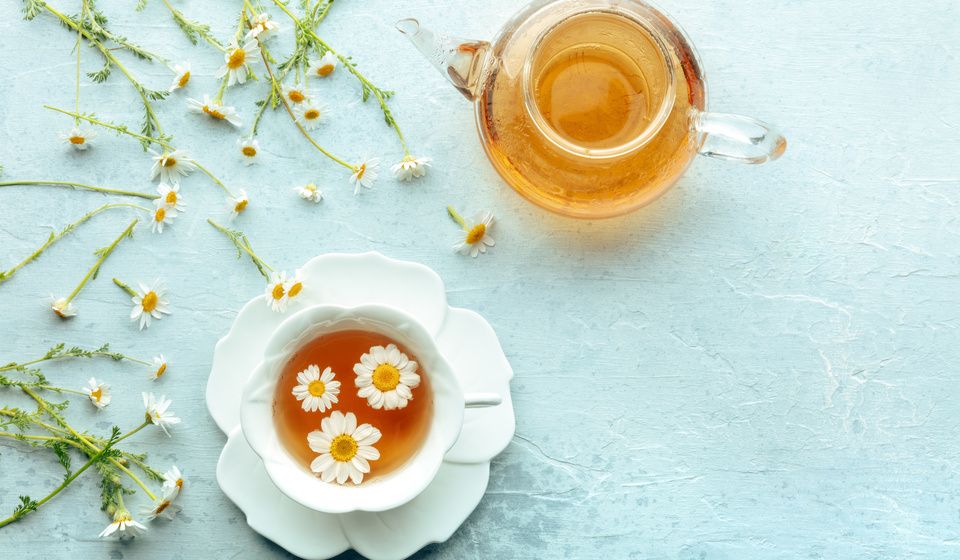
Add Comment